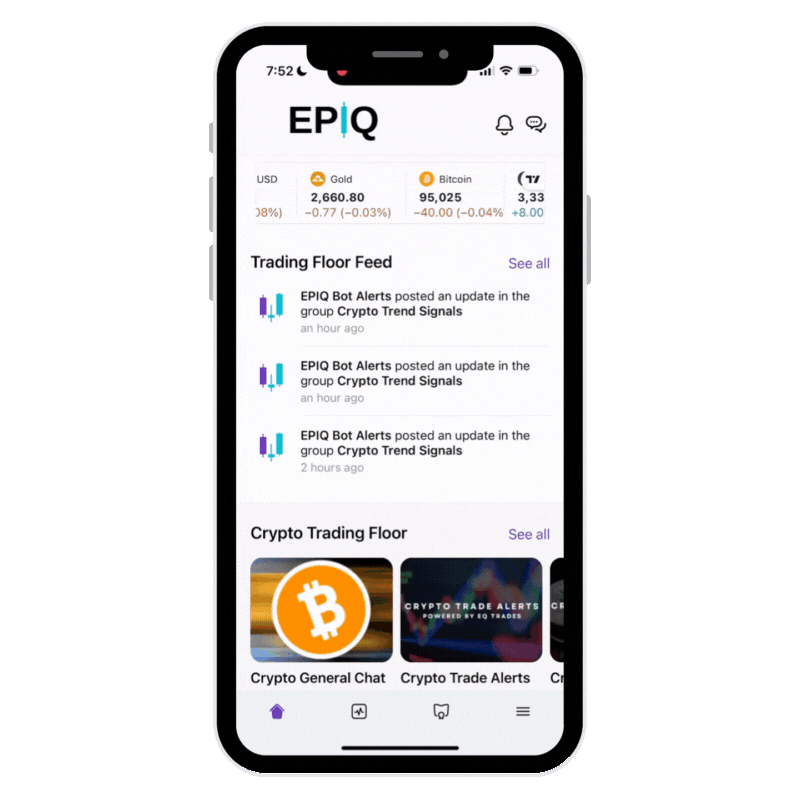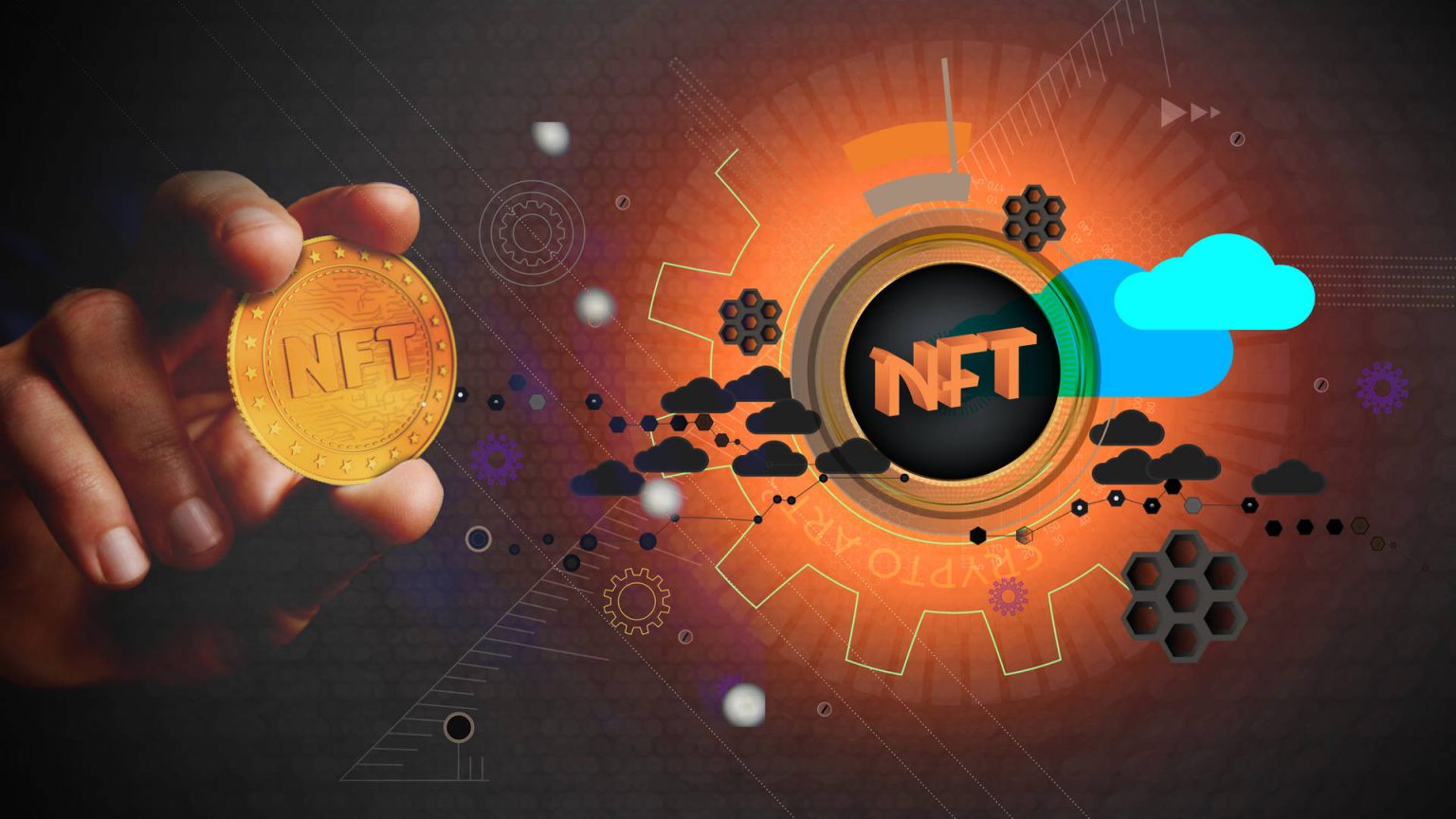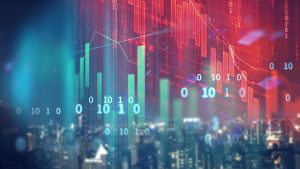The world of non-fungible tokens (NFTs) has evolved dramatically since its initial boom in 2021. Once dominated by digital art and collectibles, the NFT space now encompasses a wide range of use cases, from gaming and virtual real estate to ticketing and music royalties. As we step into 2025, the big question remains: are NFTs still a good investment?
Looking to navigate the ever-changing NFT market? Join EPIQ Trading Floor today! Use code “BLOG” at checkout for 10% off your membership and gain access to tools like trade signals, Member’s only livestreams, and personalized coaching. Start your risk-free 3-day trial now—cancel anytime within 72 hours to avoid charges.
The Growth of NFTs: A Brief Overview
NFTs first entered mainstream consciousness with the sale of Beeple’s digital artwork, Everydays: The First 5000 Days, which fetched $69 million at auction in March 2021. Since then, the NFT market has matured significantly. According to CoinGecko, the global NFT market surpassed $25 billion in trading volume in 2022, driven by growing interest in digital ownership and blockchain technology.
By 2025, NFTs have expanded beyond art into areas like:
- Gaming: Play-to-earn (P2E) games like Axie Infinity and The Sandbox leverage NFTs for in-game assets and virtual land.
- Music Royalties: Artists use NFTs to sell rights to their music, creating a new revenue stream.
- Membership Passes: Exclusive access to communities and events via tokenized memberships.

Are NFTs Still a Good Investment in 2025?
1. Diversified Use Cases
The rise of utility-based NFTs has made them more than just speculative assets. Today, NFTs can provide tangible benefits, such as access to exclusive content or rights to royalties. For example, ticketing systems built on NFT technology are transforming how events are managed by preventing fraud and enabling resale royalties for creators.
2. Resilience of Blue-Chip NFTs
While many NFT projects have lost value, blue-chip collections like CryptoPunks and Bored Ape Yacht Club continue to hold market significance. These NFTs are considered status symbols and have a strong community backing, which often protects their value during market downturns.
3. Integration with Web3 and Metaverse Projects
The integration of NFTs with Web3 and metaverse platforms adds to their appeal. Virtual worlds like Decentraland and The Sandbox use NFTs for real estate and in-game assets, providing real-world utility and long-term potential.
Risks of Investing in NFTs
1. Market Volatility
The NFT market remains highly speculative. Prices can fluctuate significantly based on hype and market sentiment. Projects with strong fundamentals may fare better, but risks remain.
2. Scams and Fraud
The lack of regulation in the NFT space makes it a target for scams. According to Chainalysis, NFT-related scams accounted for over $100 million in losses in 2022, underscoring the importance of due diligence.
3. Oversaturation
As the NFT space grows, oversaturation of new projects has diluted the market. It’s increasingly difficult for new projects to stand out, making it essential for investors to focus on quality over quantity.

How to Evaluate NFT Investments
1. Utility
NFTs with real-world applications or intrinsic value (e.g., virtual land, royalties, or exclusive memberships) are more likely to retain their worth.
2. Community and Development Team
Strong communities and transparent, reputable developers often signal a more stable investment. Platforms like Twitter and Discord can provide insight into community activity and sentiment.
3. Liquidity
Invest in NFTs with active trading volume to ensure liquidity. Projects with low trading activity can be harder to sell during a downturn.
4. Long-Term Potential
Focus on projects that align with long-term trends, such as the metaverse, decentralized finance (DeFi), or gaming.
Future Trends in NFTs
1. Cross-Chain Interoperability
Cross-chain solutions are enabling NFTs to move seamlessly across blockchains, enhancing their utility and market reach.
2. Integration with AI and AR
Artificial intelligence (AI) and augmented reality (AR) are being incorporated into NFTs, enabling dynamic and interactive experiences.
3. Corporate Adoption
Major corporations are leveraging NFTs for branding, marketing, and customer engagement, further legitimizing the space. For example, Nike’s acquisition of RTFKT Studios to create virtual sneakers demonstrates how businesses are embracing NFTs.

Boost Your Knowledge and Trading Success with EPIQ Trading Floor
The NFT market can be complex, but the right tools and insights can make all the difference. At EPIQ Trading Floor, we provide:
- Real-Time Trade Signals: Stay ahead with actionable insights tailored to the market.
- Member’s Only Livestreams: Learn from experts during live trading sessions.
- Exclusive Mobile App Access: Access advanced trading tools on the go.
- One-on-One Coaching: Get personalized strategies from experienced professionals.
Join today and use code “BLOG” at checkout for 10% off your membership. Enjoy a risk-free 3-day trial and cancel anytime within the trial period without being charged.
Conclusion
The evolution of NFTs has expanded their potential far beyond digital art and collectibles. In 2025, NFTs are no longer just speculative investments—they’re an integral part of gaming, the metaverse, and decentralized ownership. While risks remain, the growing utility and adoption of NFTs make them a compelling asset class for informed investors.
Ready to take your trading and investing knowledge to the next level? Join EPIQ Trading Floor today and unlock the resources you need to succeed in the ever-evolving crypto landscape.
Disclaimer: The content provided in this article is for informational purposes only and does not constitute financial advice. Cryptocurrency investments involve significant risks, and you should consult a financial advisor before making any investment decisions.










Responses